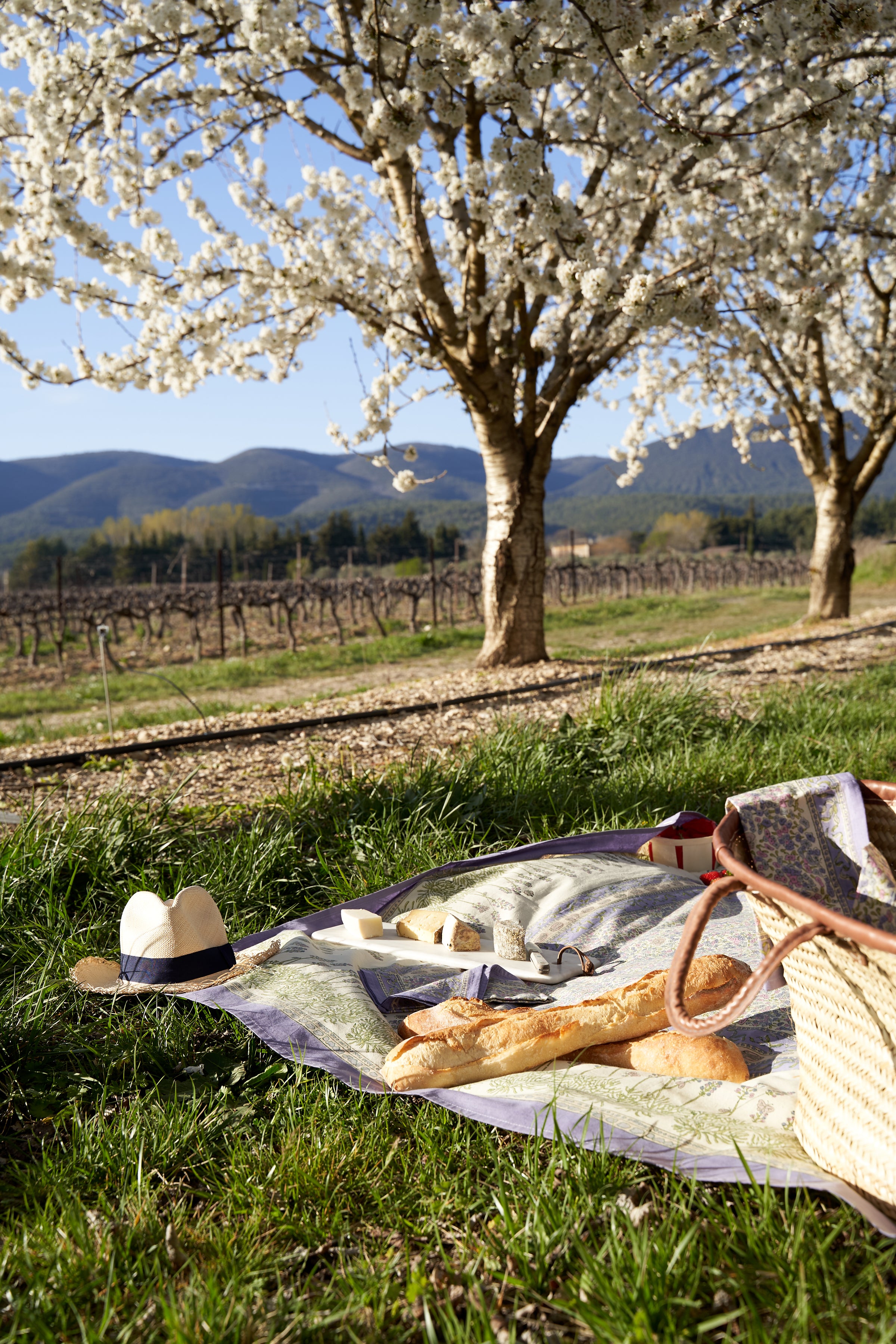Blossoms to Bounty: Cherry Groves in Provence
 The end of March is the moment cherry trees unfurl in Provence. Provence, with its idyllic climate and fertile soil, is a replete with fruit groves and these trees also grow wild along the sides of roadways and in uncultivated fields. The rolling fields and quaint villages of this storied region in southern France become the stage for one of nature’s most delicate displays: the blooming of cherry blossoms.
The end of March is the moment cherry trees unfurl in Provence. Provence, with its idyllic climate and fertile soil, is a replete with fruit groves and these trees also grow wild along the sides of roadways and in uncultivated fields. The rolling fields and quaint villages of this storied region in southern France become the stage for one of nature’s most delicate displays: the blooming of cherry blossoms.

Late March and into the first part of April are beautiful times to come to Provence to witness the display.

 The relationship between a tree's blossoms and its subsequent fruit yield is a fascinating aspect of botany that intertwines the beauty of nature with the practical aspects of fruit production. Many factors influence the fruit yield of an individual tree: from the quality of its blossoms, to weather conditions to pollination success.
The relationship between a tree's blossoms and its subsequent fruit yield is a fascinating aspect of botany that intertwines the beauty of nature with the practical aspects of fruit production. Many factors influence the fruit yield of an individual tree: from the quality of its blossoms, to weather conditions to pollination success.
There's a delicate balance between the number of blossoms a tree produces and the fruit it can realistically support to maturity. Too many blossoms can lead to an excessive number of small, underdeveloped fruits, while too few can result in limited yield. This balance is influenced by the tree's energy reserves, which are allocated to blossom and fruit production based on the tree's overall health and environmental conditions.
 Pollination is one of the most crucial steps in fruit production and the health of a tree. For cherries, bees are pollinators. They fly into flowers to collect nectar and pollen and transfer pollen from one flower to another. In cross-pollinating varieties, this means pollen from the flowers of one cherry tree variety must reach the flowers of another compatible variety.
Pollination is one of the most crucial steps in fruit production and the health of a tree. For cherries, bees are pollinators. They fly into flowers to collect nectar and pollen and transfer pollen from one flower to another. In cross-pollinating varieties, this means pollen from the flowers of one cherry tree variety must reach the flowers of another compatible variety.
 Once a flower is pollinated, the pollen grain germinates on the stigma and grows a tube down through the style into the ovary, where fertilization occurs. The fertilized ovule begins to develop into a seed. After fertilization, the ovary of the cherry blossom starts to swell and develops into a cherry. The flesh of the cherry is what we typically consume, and inside is the hard pit, which is the seed.
Once a flower is pollinated, the pollen grain germinates on the stigma and grows a tube down through the style into the ovary, where fertilization occurs. The fertilized ovule begins to develop into a seed. After fertilization, the ovary of the cherry blossom starts to swell and develops into a cherry. The flesh of the cherry is what we typically consume, and inside is the hard pit, which is the seed.





 Photography and writing by Emilie Johnson. She lives in Provence and can be found on instagram at @emilie_joly_johnson
Photography and writing by Emilie Johnson. She lives in Provence and can be found on instagram at @emilie_joly_johnson

